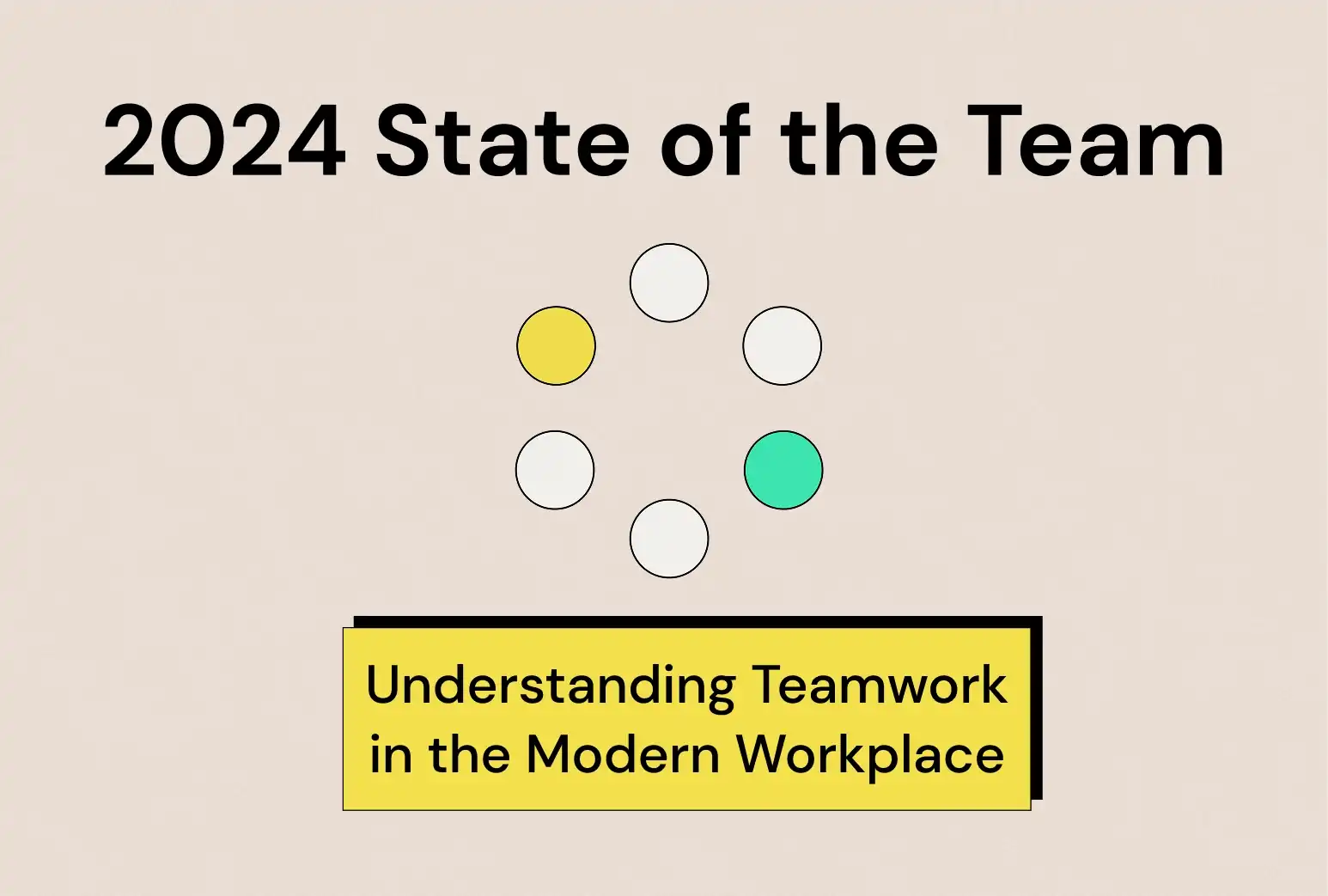Here at TeamDynamics, we are fortunate to have a unique perspective on trends in the modern workplace. Teams from all over the globe rely on our proprietary behavioral assessment to understand how their teams work, how each person fits in, and how they can improve.
We believe that teamwork matters more now than ever. Today’s workplace is changing at a quickening pace as it adjusts to new technologies like AI, new hybrid- and remote-first models, and a new generation entering the workforce. Modern teams need the tools to make sense of, and improve, how we work together.
For the first time, we are sharing anonymized insights about how teams are communicating and collaborating to get work done. The goal of doing so is to help define what “teamwork” means today.
This report is grounded in TeamDynamics’ four core dimensions of team behavior:
- Communicating: How teams share information,
- Processing: How teams translate information into actionable insights,
- Deciding: How teams choose a course of action, and
- Executing: How teams work towards their goals.

Read more about the TeamDynamics framework of team behavior.
About this report
The TeamDynamics 2024 State of the Team is an annual report on teamwork trends in the modern workplace. It is based on thousands of aggregated, anonymized responses to TeamDynamics’ proprietary survey instruments over the preceding 12-month period.
We define a team as the group of people who collaborate most closely at work. Teams can be from a single function or multiple parts of an organization. The team leader might not be the official manager of everyone on the team. The average team size in our sample is 7 people, with most teams ranging from 4-10 individuals.
Our sample includes teams across industries (e.g., travel, technology, hospitality, healthcare, retail, real estate, energy, education, non-profit) and regions (North and South America, Europe, Asia, the Middle East, and Africa). It also includes organizations at different stages, from startups to established multinationals.
As the first State of the Team report, this provides a point-in-time analysis of how teams are communicating and collaborating to get work done in 2024. Future reports will offer year-over-year comparisons.
Key findings
Below are 5 key findings from our analysis. Download the full TeamDynamics 2024 State of the Team report for more insights about what teamwork means for modern teams.
1. Individuals are struggling to get along with their teams
9 out of 10 people have working preferences that don’t match at least one core team behavior. This doesn’t mean they can’t succeed, but does mean they need to have the right awareness and tools to work well with their teams.

2. Most people want detailed plans, but few teams actually build them
70% of people prefer that their teams build and implement detailed plans when it comes to Executing projects, but just 27% of teams actually do. As the modern workplace demands ever more agility, teams need new planning methods to meet what team members want, or individuals need to adapt.

3. Teams are most polarized in their styles of communication
Most teams are somewhat adaptable in their core behaviors. However, 55% of teams are either very Informal or very Ordered in how they Communicate information, making this the dimension where teams are least flexible.

4. Nearly 2 in 3 managers don’t understand their team’s behaviors
Only 36% of managers accurately describe every one of their team’s core behaviors. This means that nearly 2 out of every 3 managers are likely engaging with their team incorrectly along at least one of their team’s core ways of working.

5. Managers do set the tone, but not as much as you might think
Many believe that the manager is the main influence on team norms, but our research shows otherwise. Only 42% of managers have preferences that match the majority of their team’s core behaviors. This suggests that factors like team composition, organizational culture and company stage play a bigger role in team behavior than a manager’s individual preferences.

Download the full TeamDynamics 2024 State of the Team report for more insights about what teamwork means for modern teams.
About TeamDynamics
TeamDynamics is a tool for individuals and teams who believe that teamwork should be intentional and rewarding. Quantify your team's behaviors with a fast, fun survey instrument that you can take at your desk, over your coffee, or on the train. Establish a shared language to describe how your team works with our proprietary behavioral framework. And improve your team's performance with recommendations tailored specifically to your team.
{{inline-cta}}
Teams at leading organizations use TeamDynamics to get more done, and have more fun while doing it. Whether you’re an individual who wants to understand how you can better work with your team, a team who wants to improve how it communicates and collaborates, or an organization who wants to understand and optimize how it works within and across teams, TeamDynamics has a solution for you.




.png)







































